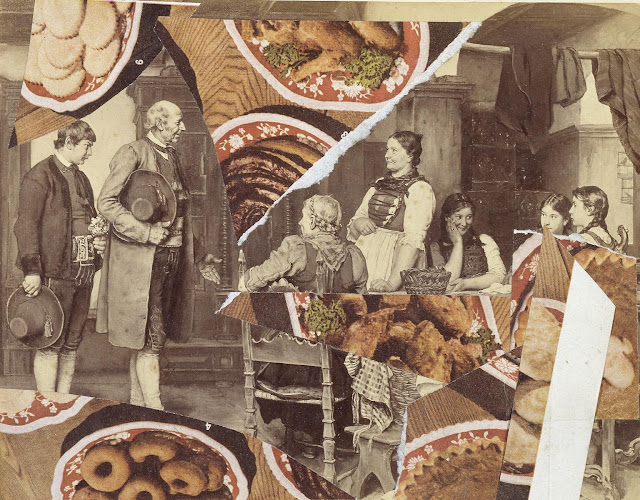 |
| Peter Peri Mr. Collins from the A.R.P. 1940 concrete Tate Gallery |
 |
| Peter Peri Stalin I 1942 concrete Tate Gallery |
 |
| Kurt Schwitters Peg Sculpture ca. 1945-47 painted plaster Tate Gallery |
from The Question – what is your hope
this sculpture will not be the mystical abode
of power of wealth of religion
Its existence will be its statement
It will not be a scorned ornament on a money changer's temple
or a house of fear
It will not be a tower of elevators and plumbing with every
room rented, deductions, taxes, allowing for depreciation
amortization yielding a percentage of dividends
It will say that in peace we have time
that a man has vision, has been fed, has worked
it will not incite greed or war
That hands and minds and tools and material made a symbol
to the elevation of vision
It will not be a pyramid to hide a royal corpse from pillage
It has no roof to be supported by burdened maidens
It has no bells to beat the heads of sinners
or clap the traps of hypocrites, no benediction
falls from its lights, no fears from its shadow
– David Smith, composed ca. 1946-47, from David Smith by David Smith (Holt, Rinehart, Winston, 1968)
 |
| John Wells Relief Construction 1941 gouache, graphite, string, cardboard and plastic on board Tate Gallery |
 |
| Barbara Hepworth Tides I 1946 carved and painted holly wood Tate Gallery |
 |
| Henry Moore Figures in Settings 1949-51 lithograph Tate Gallery |
 |
| Eduardo Paolozzi Paris Bird 1948-49 bronze Tate Gallery |
 |
| Germaine Richier The Bat 1946 bronze Tate Gallery |
 |
| Elisabeth Collins The Prophecy ca. 1940 ink on paper Tate Gallery |
from The Role of Nature in Modern Painting
"As the poem, play, or novel depends for its final principle of form on the prevailing conception of the essential structure that integrates an event or cluster of events in actuality, so the form of a picture depends always on a similar conception of the structure that integrates visual experience "in nature." The spontaneous integrity and completeness of the event or thing seen guides the artist in forming the invented event or object that is the work of art."
– Clement Greenberg, published in Partisan Review, January 1949
 |
| Victor Pasmore Abstract in White, Grey and Ochre 1949 graphite and paper collage on canvas Tate Gallery |
 |
| Kurt Schwitters The Proposal 1942 printed paper collage over 19th-century lithograph Tate Gallery |
 |
| Kurt Schwitters Magic ca. 1936-40 printed paper collage Tate Gallery |
 |
| Kurt Schwitters Untitled (Ochre) ca. 1945-47 painted plaster and stone Tate Gallery |
from A Painter Obsessed By Blue
No color isolates itself like blue.
If the lamp's blue shadow equals the yellow
Shadow of the sky, in what way is one
Different from the other? Was he on the verge of a discovery
When he fell into a tulip's bottomless red?
Who is the mysterious and difficult adversary?
If he were clever enough for the adversary
He should not have to substitute for blue,
For a blue flower radiates as only red
Does, and red is bottomless like blue. Who loves yellow
Will certainly make in his life some discovery
Say about the color of the sky, or another one.
That the last color is the difficult one
Proves the subtlety of the adversary.
Will he ever make the difficult discovery
Of how to gain the confidence of blue?
Blue is for children; so is the last yellow
Between the twigs at evening, with more poignancy than red.
– Fairfield Porter (1907-1975)
 |
| Kurt Schwitters Lofty ca. 1945-47 painted plaster Tate Gallery |